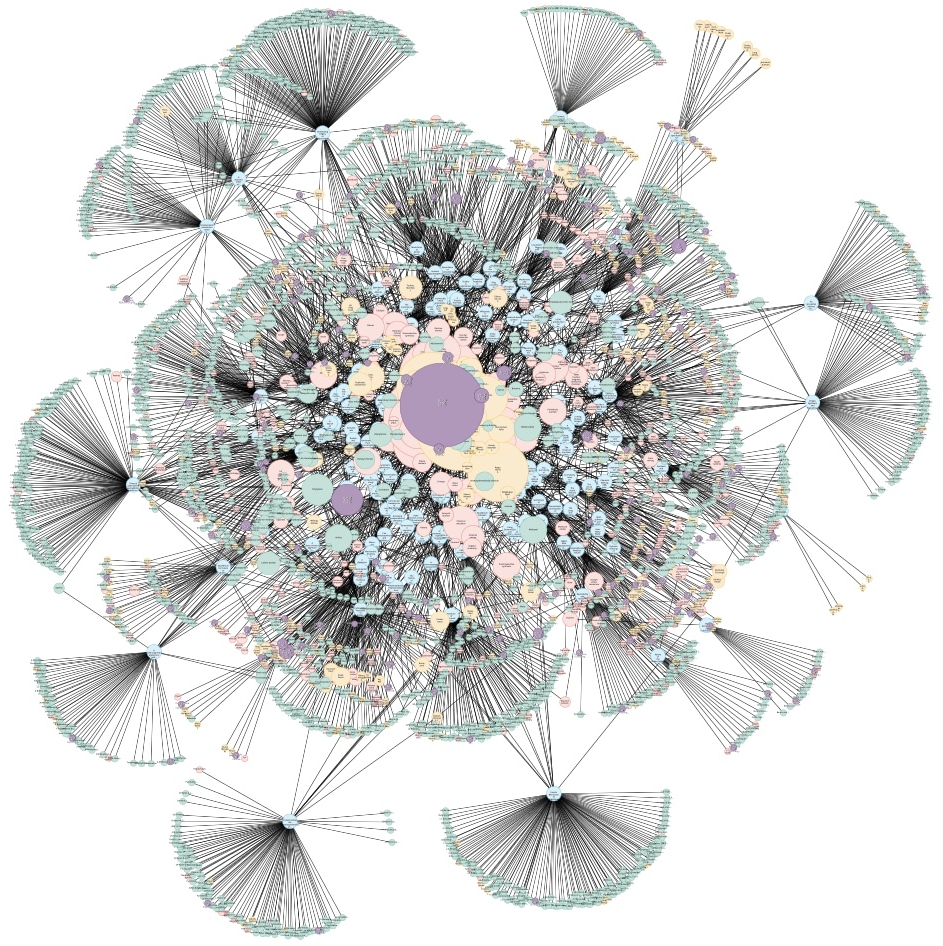What’s a Journal For? This debate has been raging ever since preprint servers were introduced as far back as 1991! Indeed, during my recent submission of a journal article, one of the questions asked was whether the article was already deposited in such a preprint server (in a positive sense, and not one excluding further submission progress). Since my previous comment on this theme was made more than three years ago, I thought I might update it.
I might start with the observation that some think the concept of a journal really comprises three separate components (up to eight have been suggested); the story or narrative being told, the data on which that story is based and the citations or bibliography which set the context of the story. The latter two components have both developed their own publishing models; the data in a repository and accompanied by rich metadata which provides at least some of the context and citations which have their own model. Article metadata also includes its own citations helping to place the data into a wider context or “bigger picture” as expressed by a knowledge graph,[cite]10.1016/j.patter.2020.100180[/cite] which even CAS Scifinder will now reveal based on your specific search!‡. Such metadata is also now generally a component of the overall metadata associated with journal articles. The data component is being accompanied by extensive work to enhance the accompanying metadata models[cite]10.1515/pac-2021-2009[/cite] and we might expect rapid progress to be made here in the near future.
So again to ask “what’s a journal for” if two of its essential components have their own publishing models? The story will always have an important role to play and peer review of that story† will always be an important aspect of the journal – indeed perhaps the most important aspect. So should we focus in our attention on this? I noted that in 2017, a brave new experiment claiming “Open access • Publication charge free • Public peer review • Wikipedia-integrated” of which public peer review was an important component, has accumulated relatively few publications since. I also noted an article[cite]10.1073/pnas.1709586114[/cite] in which the reviewers (but not their reviews) are clearly indicated. This concept too has not made much headway. Will things change in the future? Some think that they have too, or the entire concept of scientific publishing will indeed fragment into many different models and no longer fully serve its purpose.
‡I cannot resist including my own knowledge graph here, which reveals nicely the impacts of some of the work I have been associated with, as represented by the fans on the outside of the central graph.
†Although a major component of many peer reviews has the focus on the data and (missing) citations.
Tags: Interesting chemistry
